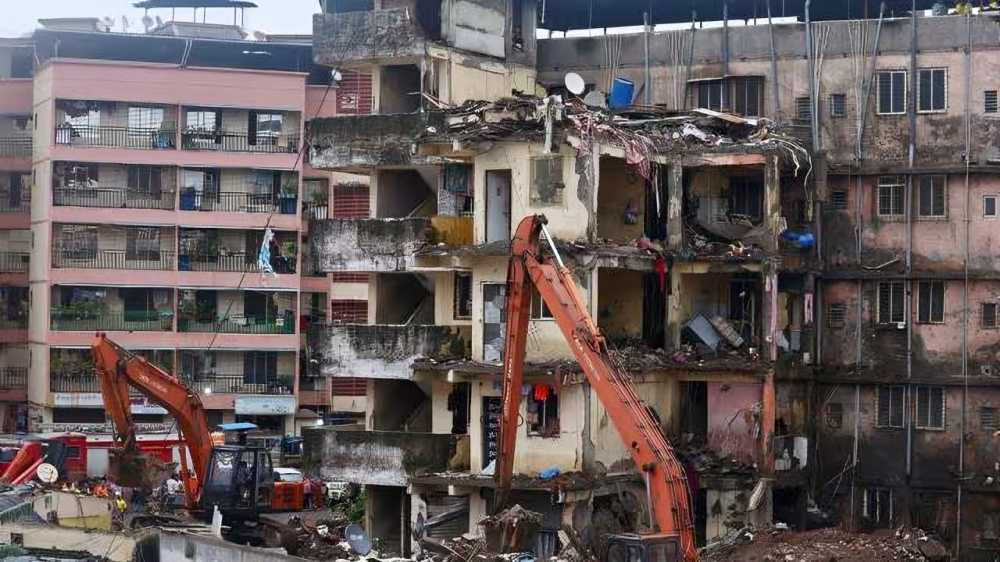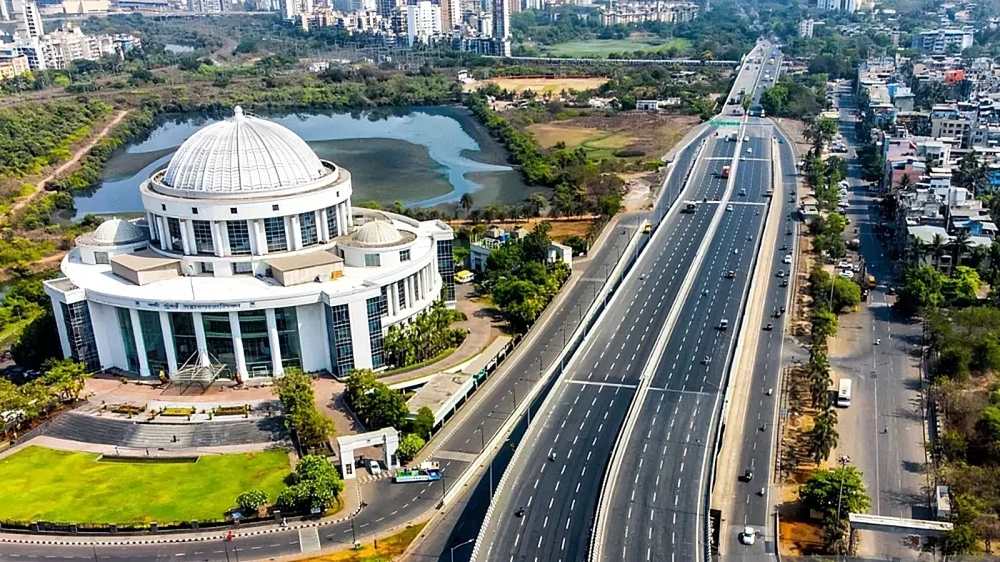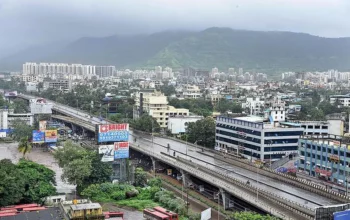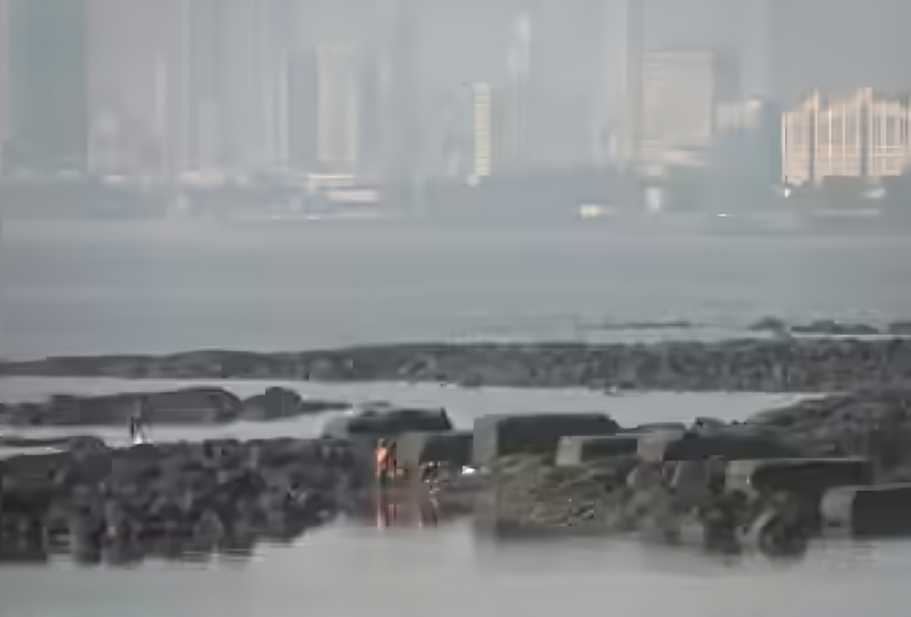August 29, 2025: The collapse of a ground-plus-four storey building in Vasai on Thursday night has once again turned the spotlight on illegal construction in the Vasai–Virar belt, a satellite region north of Mumbai. While the tragedy has shaken the administration, residents and activists say the problem has been festering for years.
Just two weeks ago, the Enforcement Directorate arrested former Vasai Virar Municipal Corporation (VVMC) commissioner Anil Kumar Khanderao Pawar, Deputy Director of Town Planning YS Reddy, and former corporator Sitaram Gupta in connection with a money-laundering case linked to 41 illegally built structures. These buildings, erected in the 2010s on land reserved for civic amenities, were demolished earlier this year.
Despite repeated notices, local builders have often ignored regulations. Following Thursday’s collapse, the builder was booked under the Mumbai Regional Town Planning Act. Locals allege that Narangi Phatak, the site of the accident, was once farmland before it was converted into high-density housing without proper permissions.
Activists argue that rapid, unregulated development in Vasai–Virar has destroyed farmland, mangroves and salt pans, leaving the region vulnerable to ecological damage. Geologist Sameer Deshmukh noted that many collapsed buildings were constructed between 2010 and 2015 on reclaimed floodplains with weak foundations, making them prone to failure during heavy rains. “Reclamation has erased tidal zones, leaving no space for water drainage. This could become a major hazard in the coming decade,” he warned.
Residents also blame civic apathy. Despite complaints, illegal constructions were regularised through utility bills after VVMC’s formation in 2010, leaving many unsafe buildings unmarked. Local activist Shashikant Sonawane said he had repeatedly petitioned the state to act, warning that continued negligence would trigger a larger geological crisis.
The Vasai–Virar collapse, the latest in a series of similar incidents, has renewed calls for stricter enforcement, accountability, and protection of eco-sensitive zones in the Mumbai Metropolitan Region.
Source: The Indian Express





